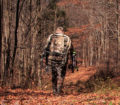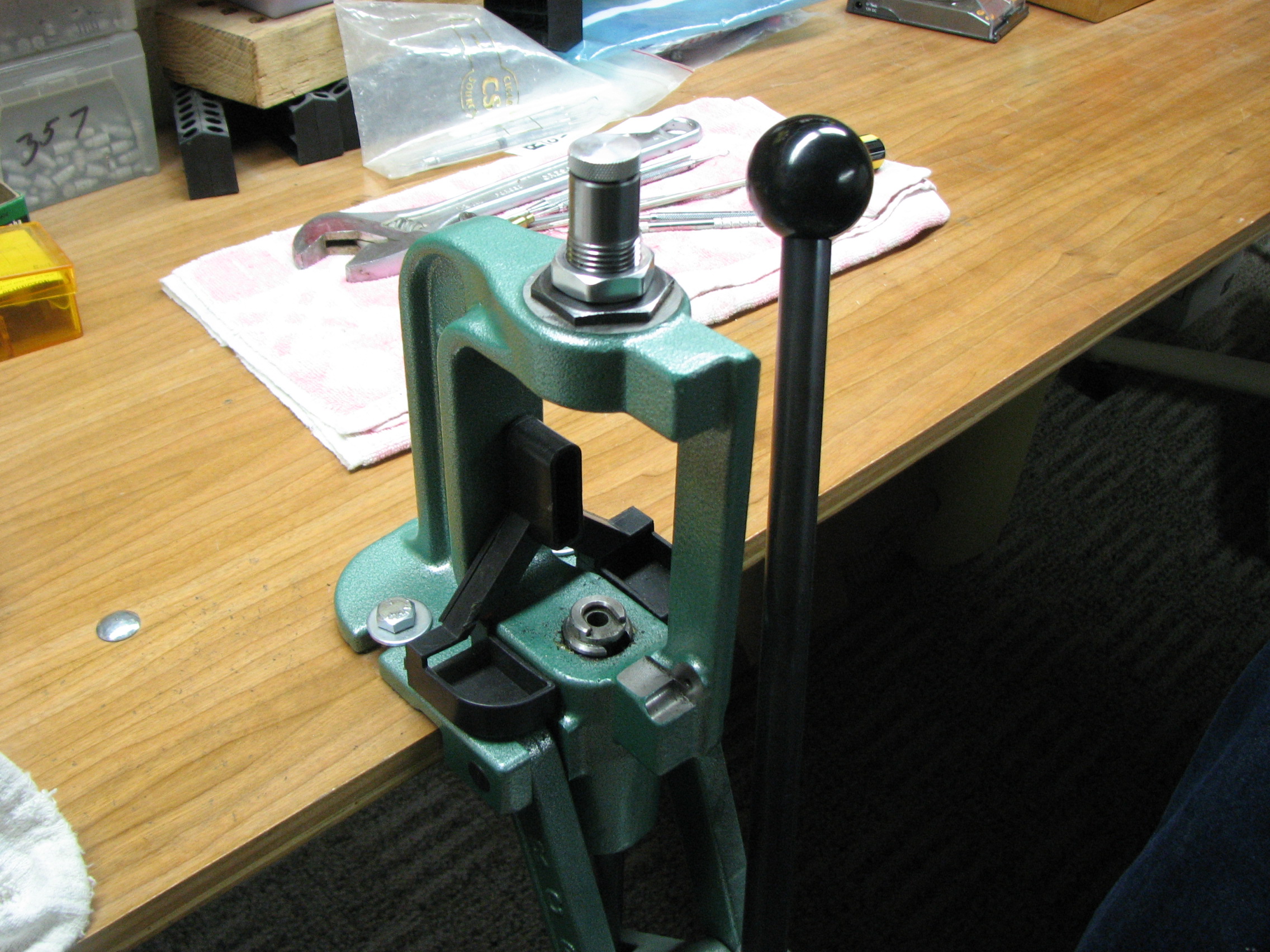With many folks in Iowa looking to move out of populated areas to enjoy a more rural lifestyle, there is an increase in interest towards purchasing recreational land that is buildable or already contains a residential property.
One thing many buyers overlook when making an offer on a property is the importance of a land survey.
With phone apps like OnX-Maps and Google Earth becoming increasingly popular, many buyers use these apps to locate property lines and use the data to accurately represent landowner boundaries.
While these apps are great and can be very accurate, they should not be solely relied upon when initiating a land purchase offer.
The 4 Types of Hunting And Recreational Land Surveys
There are several types of land surveys that are available for anyone who is willing to invest in hunting or recreational property and or build a house on it. These types of land surveys vary in different countries as well as on the basis of the country they pertain to.
Boundary surveys, for example, are common in the United States. This is because this is the country that uses a standard grid system to plan out its local roads and routes. The survey can then be used to determine where a boundary will have to be built on the property and what it will look like.
Another type of land survey involves an alta survey. This is commonly referred to as an Aerial Survey as the land surveyed is above the earth’s surface rather than underground.
The main difference between an aerial and an alta survey lies with how the information gathered is interpreted. An alta survey, also known as an aerial land survey, requires the person conducting the survey to be in possession of a special type of aerial machine called a glider or aerial lift or a drone equipped with a hi-resolution camera.
This type of survey allows the surveyor to survey a vast amount of real estate without even climbing on it or having to worry about touching the surface. This allows for a more thorough and detailed investigation of the land and the boundaries.
Jason Hamlin from HuntinglandWisconsin.com advises all his clients planning on looking for hunting land for sale in Wisconsin:
Boundary line surveys are the ideal option for hunting land surveys when purchasing a property. If a boundary line survey is not doable, the next best is a corner marker survey which marks the corners of the property.
An example of an important boundary survey is a public hunting land survey when private property shares a boundary with public, state or government-owned land.
This type of survey is conducted when the boundary lines have already been drawn up by the government.
A legal description of the land is then given as well as an accurate map of the land with surrounding areas marked on it. When this happens, the surveyor is legally allowed to mark on the land whatever he or she deems appropriate for it to serve its purpose.
With a public good land survey, the landowner is typically paid by the government for the cost of the survey. If the boundary has changed since the initial survey was conducted, an appeal can be filed to the court.
In this case, the survey should be corrected and it must be given the correct legal description. However, if a surveyor has already marked the boundary on the land it is then required to register the land with the proper authorities and pay for the boundary survey costs.
There is another type of boundary survey that is often considered the last resort and is used when there is still uncertainty about the boundary line. This is called a boundary line survey where the surveyor is forced to draw a boundary line on the land by law.
Some official surveys will utilize a SPAD for accuracy. An example of this type of survey is the SPAD. A SPAD stands for a Special Drawing Area Device.
This device is used to place points on the ground that are within one hundred feet of any existing road or other important structures. This instrument can also be used to mark the boundaries, but is not required in this case. The SPAD costs are significantly lower than a boundary survey.
An exception to the above-mentioned type of boundary survey is the legal description survey. A legal description survey is not intended to be used to determine the legal description or boundary of a property.
Instead, a legal description survey is usually used to determine the land’s elevations and to see if improvements on the land have been built on the right of way. If the land has been improved, the survey will record these facts in the proper places and then send the land owner a legal description certificate.
There are different types of surveying depending on what it is being done for. Some examples include: flood mapping, preliminary surveys, mineral exploration, building foundation research, topography, engineering survey, archeology, underwater sonar, archeological survey, surveying soil samples, archeological investigation, hunting area boundaries, etc.
In the United States, there are many professional land survey companies that offer all of these types of services, so finding one should be fairly easy.
The bottom line is this: Don’t put an offer on a property unless you list a boundary line or at the very least a corner marker survey as a contingency in the offer to purchase.
If easements are involved, make sure that they are also outlined in the survey.
While land surveys aren’t cheap when, buying hunting land or recreational property they are a must!

















